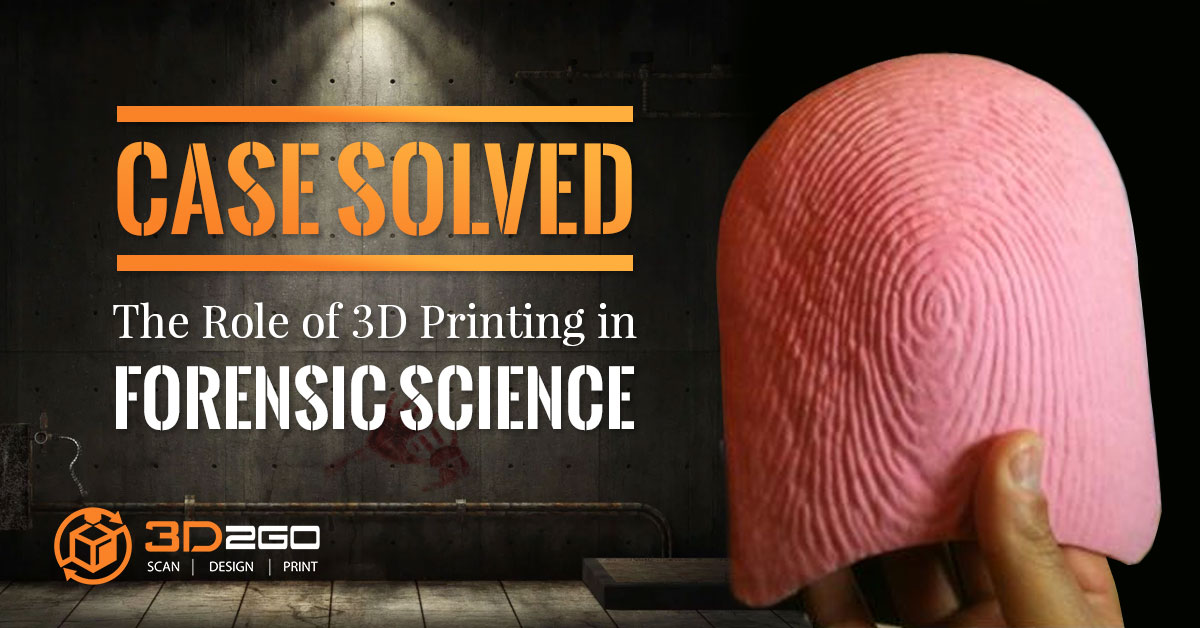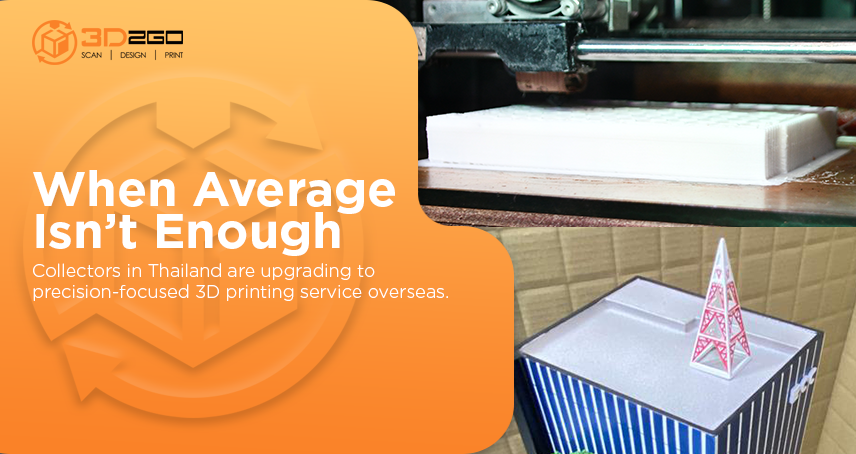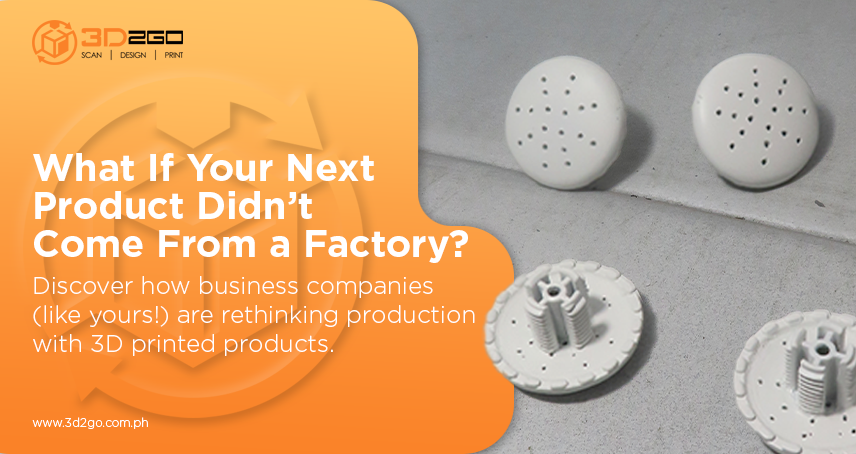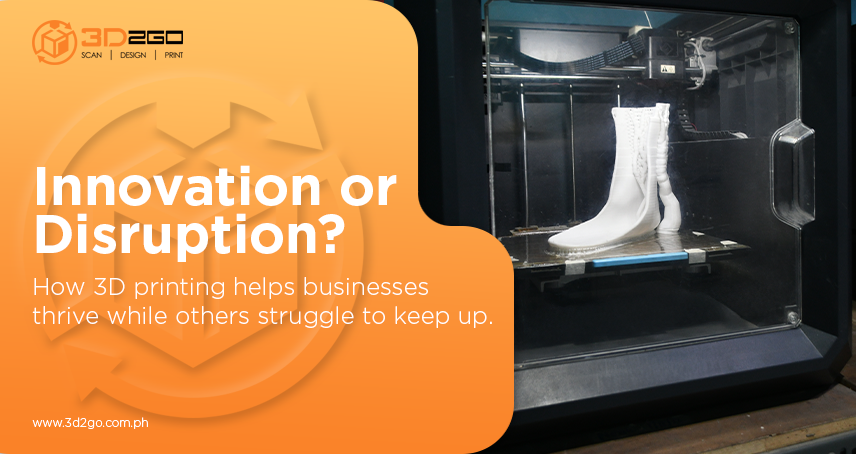
The Marketing Power of Customized Promotional Products
May 4, 2022
Mini Me Figurines As Useful Robots
May 4, 2022When faced with a tough murder case or a reconstruction procedure for any forensic purpose, authorities can turn to 3D printing. Its effectiveness has been proven time and again in different fields, and forensic science is definitely no exception. Let’s talk a closer look at its benefits in forensics.
Court Trials
Courts have been using physical evidence since time immemorial. In fact, it is a common practice to create scale models of pieces of evidence and even entire crime scenes to help solve a case. While the prosecutors have accepted and used physical models, 3D printing in this field is relatively new. However, it has seen considerable growth over the last few years.
One thing is for certain: 3D printing creates accurate representations of objects. It has tremendously shown its great capacity in solving the most puzzling cases and is very much acceptable in court. This has been proven many times when presenting evidence, for example. With 3D printing, the verdict is as accurate as of the scale model.
Reconstruction Procedures
There are times when the case calls for reconstructing the body of a deceased person. It could be done to discover their identity or perhaps get any form of leads to solve the case. Due to its accuracy and efficiency, 3D printing can be used by authorities to examine a cadaver and reconstruct it even if the person is long gone.

Authorities used 3D printing in order to craft the skull of an unidentified woman who was found dead in Greene County. Image source: 3dprint.com
It has particularly been effective in determining the identity of fallen soldiers so their families can have the much-needed closure. This way, the soldiers’ remains can finally be laid to rest. Similarly, 3D printing can be used to reconstruct the face of a warrior who lived in 1545 AD, as evidenced by the studies conducted by the experts at Swansea University.
Investigative Reports
Needless to say, 3D-printed models are essential in conducting crime scene investigations. It can even help solve cases that have already been shelved for a long time. The fact that it is less time-consuming than producing physical models traditionally only furthers the value of 3D printing in forensics.
A case in Greene County, Ohio proved the effectiveness of 3D technology. Local police discovered the remains of a woman, who was almost impossible to identify. But when dental records and tattoo records, and DNA testing procedures failed, the police turned to, you guessed it right, 3D printing.
Training Aids and Test Pieces
Physical models are essential educational tools because they provide a visual representation. Students will have a better grasp of the subject when a 3D model is used in class. In making educational tools, you want to be as close as possible to the real thing. It is for this reason why police academies in several countries have turned to 3D printing.
And with additive manufacturing service being offered by a prestigious company like 3D2Go, we won’t be surprised if our own police force follows suit. Let’s give our future law enforcers the push they need to further their knowledge.
Contact us now for 3D services!






